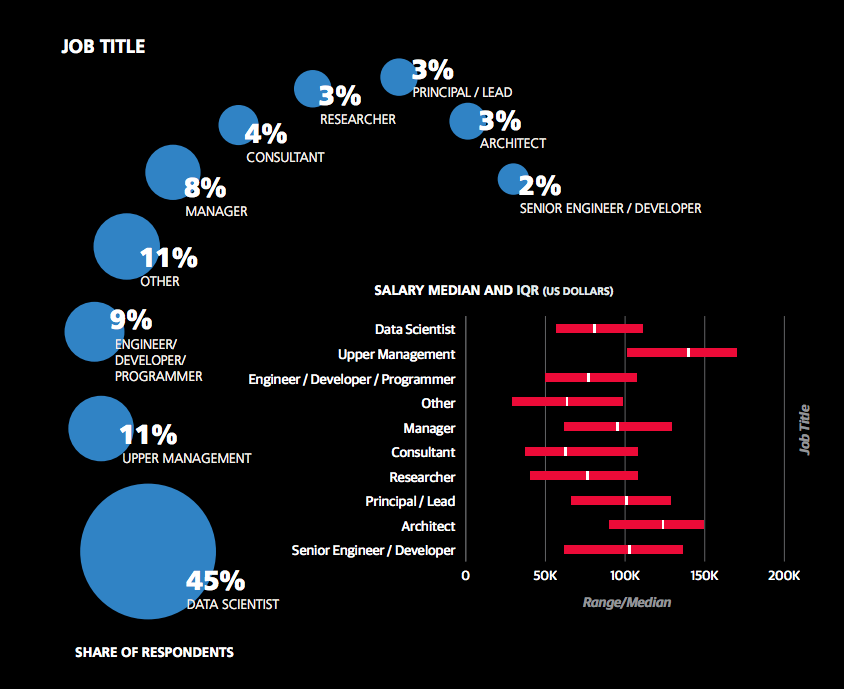

It appears that workers have mobilized to metro cities than lower tier cities to recoup loss in wages during the economy shutdowns or recover from job losses. For example, daily wage rates have reportedly gone up from nearly INR 250 to INR 350-400 as of April 2021. Moreover, labor shortages in industrial areas due to reverse migration during the 2020 lockdowns, have increased daily wage rates – at least for the near term.
#Average salary in india in us dollars code
Nevertheless, since passing the wage code in 2019, there has been no new development on implementing a national minimum wage for Indian workers. Matters concerning labor and its welfare come under the purview of, both, the state and central governments as per constitutional law, thereby resulting in multi-jurisdictional regulation.Įarlier, only workers from a particular set of industries (40 percent of the entire workers’ population) were entitled to receive minimum wages. Under the Code on Wages Act, 2019, workers from all industries are entitled to receive minimum wages fixed by their respective state governments. The complaint can be filed individually by the worker, or through a lawyer, or through an official of the registered trade union. If workers are paid less than the government declared minimum wages, then they can file a complaint with the labor inspectorate. Inspections are likely to be more stringent on companies with foreign investment, especially in the event of any labor unrest. It is important that companies are compliant with the wage norms stipulated by the respective state government and industry body. The maximum penalty is imprisonment for three months and/or a fine of up to INR 100,000 (US$1,405). The penalty would depend on the nature of the offense. Under the new wage code, the government will appoint inspectors-cum-facilitators to carry out inspections to ensure that the companies are compliant with the code. Examples of minimum wages across Indian states/UT These are subject to periodic changes, especially for the variable and dearness allowance rates, which must be individually tracked. Broadly, workers in India are categorized as unskilled, semi-skilled, skilled, and highly skilled.īelow we share a snapshot of minimum wage rates across 10 states/UT to illustrate how wage calculation differs across India and how the government regulates them according to industry and skill-level. The monthly minimum wage calculation includes the variable dearness allowance (VDA) component, which accounts for inflationary trends, that is, the increase or decrease in the Consumer Price Index (CPI), and where applicable, the house rent allowance (HRA).Īs mentioned earlier, the calculation of the minimum wage factors in the skill-level of the worker and the nature of their work. India uses a complex method of setting minimum wages that defines nearly 2,000 different types of jobs for unskilled workers and over 400 categories of employment, with a minimum daily wage for each type of job. This offers foreign investors a range of options when choosing where to locate their set up. It must be noted that India’s minimum wage and salary structure differs based on the following factors: state, area within the state based on development level (zone), industry, occupation, and skill-level. Where to locate your investment in Indiaįurther, some state governments, like Andhra Pradesh, offer tax breaks for companies generating local employment.

More broadly, a global ranking of average wages recently prepared by showed that India had an average monthly wage of INR 32,800 (US$437). This is a national floor-level wage – and will vary depending on geographical areas and other criteria. India offers the most competitive labor costs in Asia, with the national-level minimum wage at around INR 176 (US$2.80) per day, which works out to INR 4,576 (US$62) per month. How is the minimum wage calculated in India? This article will address some frequently asked questions, including how minimum wages are calculated in India, what is the penalty for non-compliance, and what are some useful resources that hiring departments in foreign companies may refer to when assessing the country’s labor costs. Further, minimum wages must be revised and reviewed by the central and state government at an interval of not more than five years. The new wage code prohibits employers from paying workers less than the stipulated minimum wage. The Code on Wages Act replaces four labor regulations – Minimum Wages Act, 1948 Payment of Wages Act, 1936 Payment of Bonus Act, 1965 and Equal Remuneration Act, 1976. Relocating Your Business Operations to India: A Guide for US Investors.


 0 kommentar(er)
0 kommentar(er)
